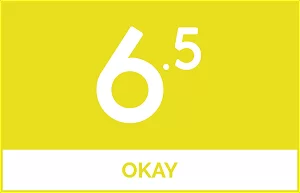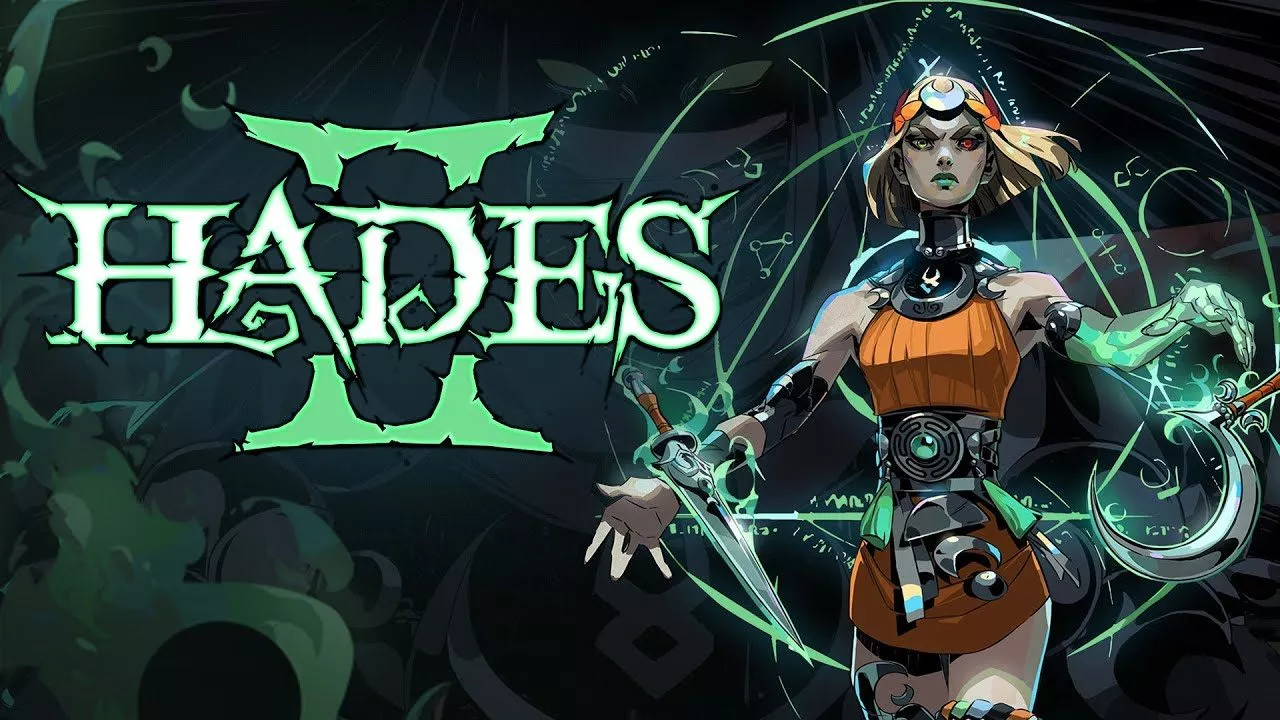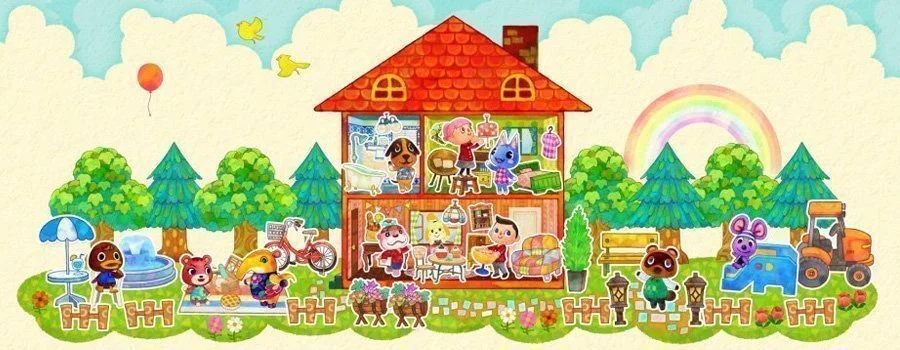Animal Crossing: New Leaf was a terrible plague that consumed my life and that of my friends, and I loved every minute of it. Slowly collecting scattered pieces of furniture and curating my town to keep the villagers I liked (and gradually get rid of the chaff, like Pietro) was a strange form of rewarding torture, as I inched closer to the town and house decorations that really made it feel like my tiny, digital home. Now, Nintendo has dropped a refined and streamlined version of this portable punishment device in our laps in the form of Animal Crossing: Happy Home Designer, and once again I’m sucked in.
Taking a slightly different tack to New Leaf, Happy Home Designer introduces you as the newest employee of “Nook’s Homes”, Tom Nook’s latest business plan to extort the furry populace. As a sort of combined real estate agent, tradie and interior decorator, it’s your job to meet with the various animal citizenry and build them a home, often from the ground up. Along the way you’ll also build out the town’s various facilities for Isabelle, and become the star employee of Nook’s empire.
In essence, HHD is a condensed version of the core concept of the Animal Crossing games: decorating your house. While it is the most fun part of the game (for me at least), it is curiously restrictive. Given the space and storage limits, you can only squirrel away so many ‘perfect’ items before you are maxed out. In my experience this encourages selective hoarding, often forcing you to forgo attempts to try something new while you wait for that last damned piece of rococo furniture to materialise. Not so in HHD, as the focus is not on your own home but those of the game’s myriad NPCs. As each character has a specific theme or aesthetic in my mind for their little dwelling, you’re immediately encouraged to break away from what you personally want, and try widely varying approaches in your decorating style.
Each animal will typically have a few key items they want you to use in their home, adhering to their preferred design. An athletic animal may have some sporting equipment, a fruit-loving animal may have some citrus-themed furniture, and so on. Dependent on their preferred theme you will also unlock a selection of extra items in that vein, allowing you to adhere to their plan if you so choose. Given you get to choose which animal to take on as a client for each in-game day, it allows you to curate which items you bring into your library of décor.
This is one of a few major deviations from the typical Animal Crossing model – rather than having a handful of slots to contain your available furnishings, employees of Nook’s Homes have a catalogue of every item they’ve ever been given, available at a touch of the screen. Broken up into various categories, you can quickly skim your lamps, plants, wallpapers or beds in an instant, or search for items based on a keyword or colour. After placing an item you can quickly clone more by holding one of the shoulder buttons as you tap it, a particularly handy function for filling out dining settings (or entire rooms full of the same creepy animal portrait).
Add to this the fact you can now place items on a grid that splits each traditional 1×1 square into quarters for greater variety, and you instantly have more control to make your room just right. Sadly you can’t place items on angles, but you do have added ceiling decorations, custom sounds and windows, and the return of AR codes for custom designs, and you have a recipe for a much more varied customisation system. This improved design system is reason enough for a purchase form any Animal Crossing fans, and it would be a crime not to translate this system into any future mainline titles for the series.
It’s not all improvement, unfortunately. Given the exclusive focus on decorating and the fact each plot exists independent of the rest, you don’t have the ability to wander through the town as you could in New Leaf. There is a small plaza area around Nook’s Homes where your clientele will gather, but it pales in comparison to the scope of a real town. Interactions with the animals are limited too, as they will typically only accost you to decorate their house or repeat a single line, dependent on their location. The festivals and random interactions of the main games are nowhere to be seen, along with an absence of constant fruit-picking and weeding.
There is also no real way to FAIL at house decorating. Provided their required items are somewhere on the property, the animals will accept your proposal in any state, regardless of its completion or adherence to their theme. As a test I left one customer’s home barren except for their two required items, exactly where they appeared – and he still loved it. There’s no requirement to include the basic necessities such as a bed or table for a baseline pass, and animals will unanimously love any design. Having no scale or ranking for how much they like the house certainly opens the game up to younger gamers and creative license in decorating a house, but it also removes any challenge or pressure to strive for great designs. Even a simple scale of hate-like-love would have been of benefit here, to help players set the bar for themselves if nothing else.
And speaking of scales of hate-like-love, there’s one final element of this new title that is sure to be divisive – AMIIBO CARDS. In yet another smart move to extract all your savings, Nintendo has introduced amiibos in collectible card form. With 100 cards available in blind-bagged packs of 3, each displays a single character or NPC from the game’s enormous pantheon. With 17 holographic cards displaying key NPCs (such as Isabelle, Tom Nook and Digby), and 83 regular cards showcasing a handful of villagers, each card allows you to invite that character to be a client for Nook’s Homes so you can design their abode. You can also bring them in as seat-fillers in a house or facility you’ve completed, as a more direct method to curate the animals in your Happy Home world. It’s a smart move to take some of the randomisation away from your clientele, while also keeping players spending to perfectly collect every card.
While it may not be too difficult to work towards collecting 100 cards (and put them in your soon-to-be-release card album), bear in mind a second series of 100 cards has already been released in Japan. With over 450 villagers in Animal Crossing’s library – not counting key NPCs – it’s fair to assume this could go on for a while.
In the end, Happy Home Designer is a good addition to the series. It definitely improves on the base mechanics to give a greater sense of control over how you make your world, but if your love of the series focuses on the social aspect you may find it doesn’t hold your attention. While it’s definitely a fun diversion, it isn’t quite as meaty as its predecessors. I’d love to say I’ll be playing this for a long time, but the shine may wear off sooner than I’d hope. I’ll definitely stop… just as soon as I track down those 61 cards I’m still missing.
Animal Crossing: Happy Home Designer was reviewed using a promotional code on Nintendo 3DS, as provided by the publisher.
Review: Animal Crossing: Happy Home Designer
 |
|
The good
|
The bad
|
Want to know more about our scoring scale?
This article may contain affiliate links, meaning we could earn a small commission if you click-through and make a purchase. Stevivor is an independent outlet and our journalism is in no way influenced by any advertiser or commercial initiative.



























